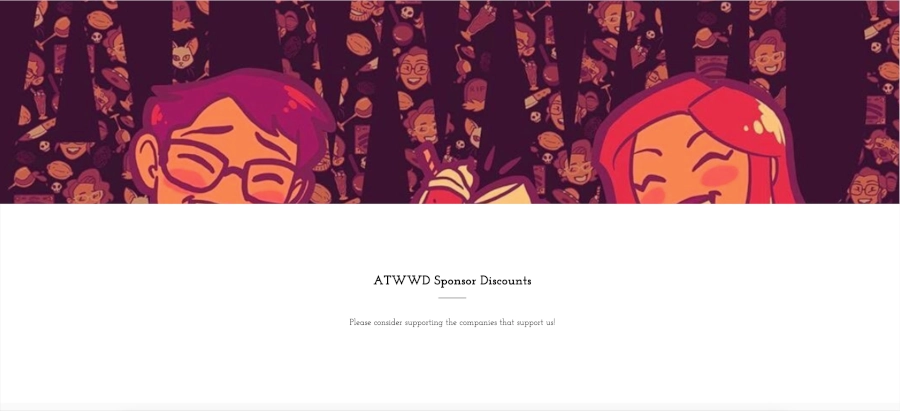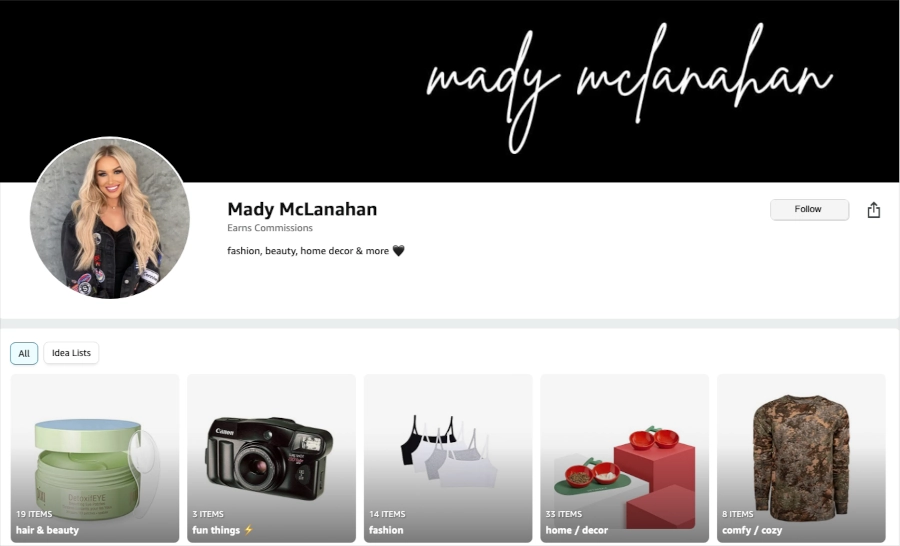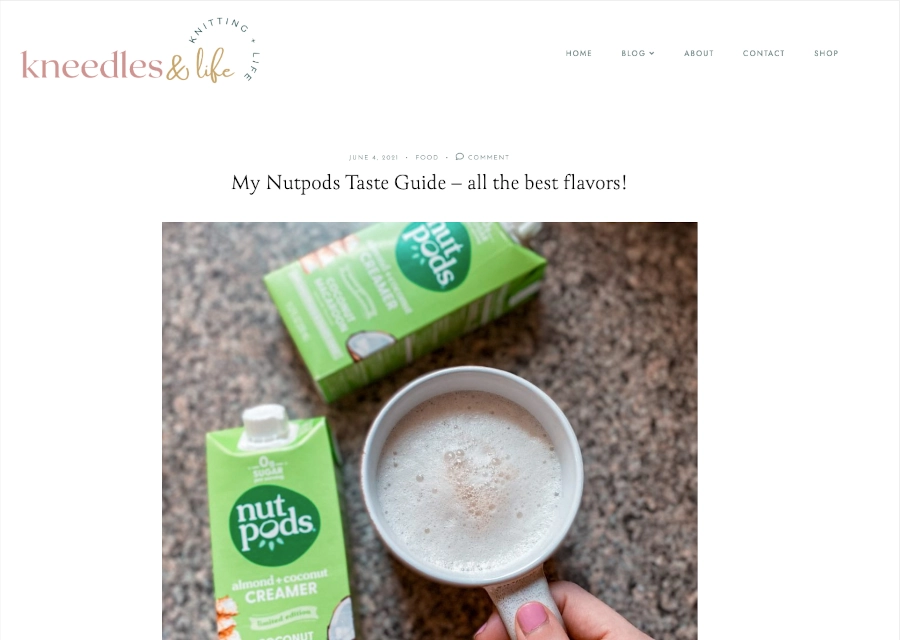Reading Time: 16 Minutes
Affiliate marketing is an essential part of any creator management program. By providing creators with unique links or discount codes, brands can track how many sales each partner is responsible for. Plus, when these sales are linked to commissions, creators are more motivated to post compelling content frequently so they can earn more money.
But what are the best channels for affiliates to be on? Or, even more importantly, what’s an affiliate marketing channel in the first place? Whether you’re a beginner or a pro affiliate marketer, we have all the answers you need. Let’s dive in.
First, let’s break this down a bit further. A marketing channel is any kind of platform that allows you to share a message with fans. This can be a branded website, social media platform, email newsletter, billboard, radio station, or something else entirely.
With that context under our belt, an affiliate marketing channel is a platform that allows creators to share and promote products to their followers and earn a commission for each sale they influence. An example would be a podcaster partnering with a brand to promote their mattresses with the help of a unique discount code. During an episode, they take a break from the usual content to explain the benefits of using the mattress, then encourage their listeners to purchase it using their code. Once their listeners use the code to buy the mattress, the brand can track the sale, see who influenced it (the podcaster), and pay them commission.

Social media is where a lot of creators connect with their followers, post product recommendations, and keep people updated on their lives. But are all social media platforms equally effective for affiliates to influence sales?
Facebook allows users to pair extensive captions with videos and photos. Plus, creators can add their custom links or discount codes directly into their posts, so their followers can have a seamless experience when purchasing a product they’re recommending.
Super excited to announce my partnership
— Deonte W (@walters_deonte) July 12, 2022
with @liquidiv !! Liquid IV is my go to after a hard workout and is a great way to stay hydrated. Use code “THEREALTAE9_”
for 25% off and free shipping!#livathlete #liquidivpartner #liquidiv pic.twitter.com/K5FppJyrUu
With Twitter’s brief character limit (280 characters), affiliates on the platform must keep their thoughts short and sweet when recommending a product. Adding a photo or video allows them to build more context, however, and they can also create a thread to string together a long idea across multiple Tweets.
Creators can also add links and custom discount codes to their Tweets, making the shopping experience as easy as possible for their followers.
Creators can develop super authentic product endorsements in video format, and YouTube is one of the key places for them to post this content. Long-form videos have the benefit over YouTube Shorts in this case, as the latter only allows for a few words in a caption, while typical posts let creators use 5,000 characters to share links, discount codes, additional details about products, and more.
Affiliates posting on Instagram can use videos and photos to promote a brand’s products, giving them a ton of creative freedom. Instagram doesn’t allow users to put links in grid posts, but they can include them in their link-in-bio space or a Story. They can also add a discount code in the caption of any post they make.
@mamakarlsss #ad links is in my bio besties & don’t forget to use my code 🤍 @blume #blume #selfcare ♬ Time Machine – Muni Long
Creators on TikTok can’t put links in individual posts, but they can include them in their coveted “link-in-bio” space if they have at least 1,000 followers. They can also include a discount code in a video’s post text as an immediate and direct CTA.
TikTok’s video format allows creators to dive into what they really love about a product, show themselves using it, or subtly incorporate it into their content, meaning that the possibilities for creating an authentic endorsement are endless.

Twitch provides a robust “About” space for each user to add images, paragraphs, and links to other social platforms, websites, and, of course, sponsored product pages. Many streamers recommend different products to their viewers, whether gaming supplies, games themselves, or something else entirely, and then direct them to their “About” section to get all of the details and make a purchase.
As a discovery-focused platform, Pinterest is a great place for affiliates to be. Here are some of the innovative features that can help affiliates earn money from their content:
LinkedIn can be a great place to find affiliates if you’re selling the right products or services. As a network designed for professional networking, the companies and affiliates most likely to thrive on LinkedIn are those who are offering things people need to succeed on the job. Of course, this varies by their industry.
For example, a company offering baby sleep supplies could benefit from partnering with sleep consultants on LinkedIn. Their audiences are typically made up of other sleep consultants, and as this professional network learns about the sleep supplies, additional members of this community may begin recommending them to their clients.
Additionally, with the ability to add a video or photo and an affiliate link or discount code into a single post, the format is ideal for encouraging conversions.

Image via Health.com
Blogs are an amazing place for affiliates to promote products. With no character limit, the ability to embed as many photos and videos as they want, the opportunity to accept and respond to comments from interested readers, and even the chance to end up in organic search results, they are essentially an affiliate marketer’s dream tool.

Image via “And That’s Why We Drink”
In a world where fewer people are tuning in to radio stations, marketers need a new way to reach a captive audience, whether they’re listening on a walk, in the car, or while working around the house. And podcasts are just the answer.
There’s a podcast for every niche and interest out there, and some get super specific while others stay more general. When marketers take the time to analyze these audiences and find overlap with their target, success isn’t far behind.
Podcasters often take breaks throughout their shows to share messages about different companies, why they love their products, and a custom discount code or affiliate link the listener can use to earn some type of added benefit. And since it can be hard to remember the link you heard in the middle of a podcast, they typically have a page on their website where fans can easily click onto a brand’s site and make a purchase.

Image via Amazon
If your brand is registered to sell on Amazon, your monthly or per-product fees give you access to the Amazon Associates and Influencer Programs. Essentially, these allow creators and publishers to promote your products to their followers and earn commissions on every sale they help you earn.
While creators who genuinely love your products can organically add your products to their personal Amazon Shop, you can also partner with creators to have them include your offerings in their Shops and promote them across their chosen channels.

Image via kneedles & life
Nutpods, a brand of non-dairy creamers, partners with affiliates across various channels, including blogs, to promote their delicious products. The team at nutpods provides their affiliates with links and discount codes to help them earn commission and track the progress of each of their partners.
Learn more about nutpods’ affiliate program: Getting the most ROI from your influencer marketing
@darcymcqueenyyy which color is your favorite? @Cuts 🤍 use “DARCY” for 15% off! #cutshaul #cutswomen #cutsclothing ♬ Aesthetic – Tollan Kim
Cuts Clothing partners with social media influencers to highlight their products, show their try-ons, and provide styling advice. Once the creators get their viewers excited about the apparel, they tell them how to use their custom discount code to save money on their next purchase.
See Also: TikTok Case Study | Cuts Clothing

Image via “Crime Junkie”
Athletic Greens, a company selling powdered nutrition and gut health support, partners with podcasters as affiliates, including the teams behind Crime Junkie and Hurdle. They empower them with custom links to track commissions and measure success.
Each podcast host takes a few moments in an episode to talk about their experience using Athletic Greens and why their listeners should try it out. They then read out the custom link and tell users that they can get an added gift when they purchase through the specific URL.
GRIN is an amazing tool to have at your disposal if you’re looking to run an affiliate marketing program. Our ecommerce integrations allow brands to quickly create custom Discount Codes and Affiliate Links without leaving the GRIN platform. From there, marketing managers can send out the Codes at scale without the stress of a typo, and once a creator begins making sales, the brand can track each one.
GRIN also allows brands to pay creators their commissions within the platform, send free products for creators to showcase in their posts, and give creators access to personalized dashboards that allow them to see how much commission they’ve earned so they can have more control over their personal finances.
Beyond that, brands can further level up their programs by offering different Commission Tiers to reward top performers, providing creators with Deep Links to specific product pages to increase conversions, and much more.
Find out how much time you can save with an influencer marketing software: GRIN’s Time Saving Calculator
With so many channels to partner with affiliates on, it’s essential to do your research to find the most strategic platforms to focus on. Think of who your audience is, where they spend their time, and who they like to listen to. From there, it’s time to start testing. Partner with a variety of affiliates, see which types perform the best, and funnel more of your efforts into those channels. With this strategic approach, you’re sure to start seeing some major results for your brand.
Free download: Advanced Strategies for Supercharging an Affiliate Program
Our team keeps a finger on the pulse, so you’re always working with the latest information.